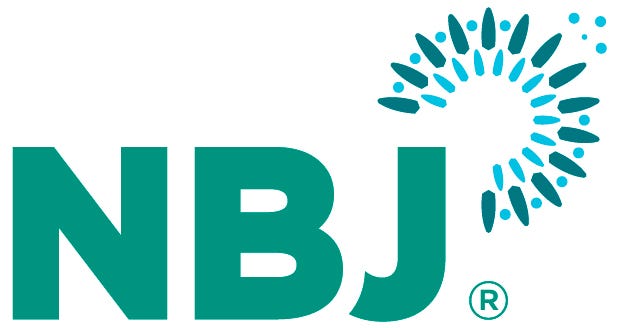
The Analyst’s Take: Shifting channel sales could prompt innovation in sports nutritionThe Analyst’s Take: Shifting channel sales could prompt innovation in sports nutrition
As consumers purchase more dietary supplements at mass-market retailers, brands must increase innovation to stay on shelf. Find out more from our analyst.

When taking a deeper look into what’s driving growth for the sports nutrition and weight management industry, we know that a big factor here is the continuing consumer interest and demand for hydration and energy products. Those combined categories made up about 66.4% of the total sports nutrition and weight management industry in 2023 and are estimated to continue double-digit growth into 2026.
The next largest chunk of the market, and also a big growth contributor, is sports nutrition supplements. This category includes sports nutrition pills and powders, such as protein powders, creatine, l-glutamine, pre-workout powders and BCAAs. In 2023, this pill and powder combined category made up about 12% of the market and is growing at 8.6%. As far as types of protein powders, New Hope Network's Nutrition Business Journal predicts that whey, pea and even collagen protein powders will drive most of the growth in 2023 and beyond.
The interesting piece of this story, which ties into the greater theme of this industry, is that consumers are taking sports nutrition or active lifestyle supplements, such as protein powders, to improve general heath, and creatine to improve cognitive health—two reasons not directly tied to sports performance optimization. With social media conversations going viral about how much protein you should be consuming in a day, to the scientific research that shows the benefits of creatine for women’s general and cognitive health, the sports industry has more average, non-sports consumers entering and purchasing new products every month.
About a decade ago, the sports nutrition industry focused on muscle heads and freak athletes who would do and consume anything to optimize their physical state or sports performance. Fast forward to 2020, when offices, gyms and stores were closed, and then into 2021, when everyone realized how important it was to maintain good physical health, to see how much of an impact it can really make. More and more consumers are picking up their “active lifestyle” supplement products in mass market retail stores while shopping for other needs like groceries, cleaning supplies or dog food.
We’ve seen this shift in channels since 2021, when mass market outpaced e-commerce growth for the first time in NBJ recorded history. It remained true in 2022, but even as e-commerce regained the top-growing channel spot in 2023, the two channels remain neck and neck for the top-performing channel throughout NBJ’s prediction period four years out.
With limited shelf space in mass market retail stores and growing competition for those brands trying to capitalize on the impressive category growth, it will be interesting to see how key players continue to innovate to keep consumers coming back for more.
For more industry insights, sign up for the NBJ Analyst's Take newsletter.
About the Author
You May Also Like





